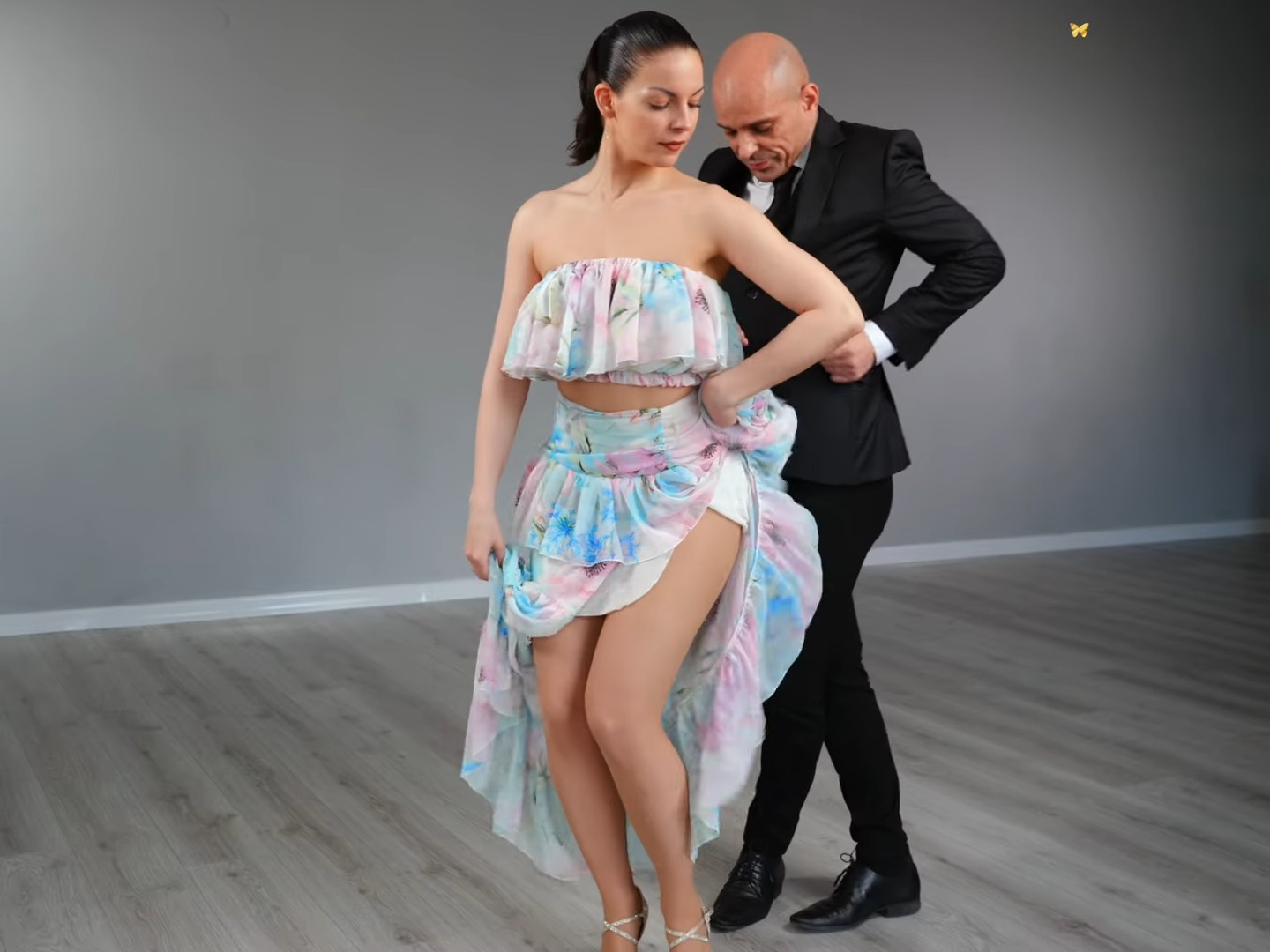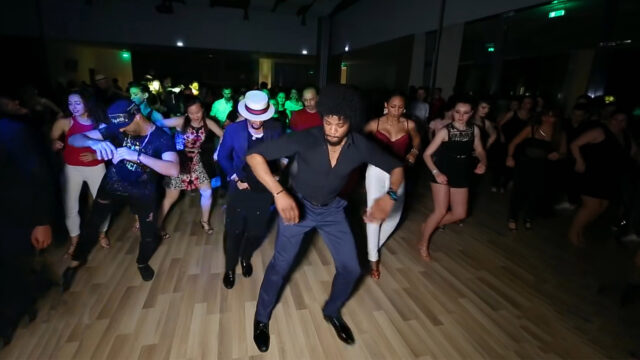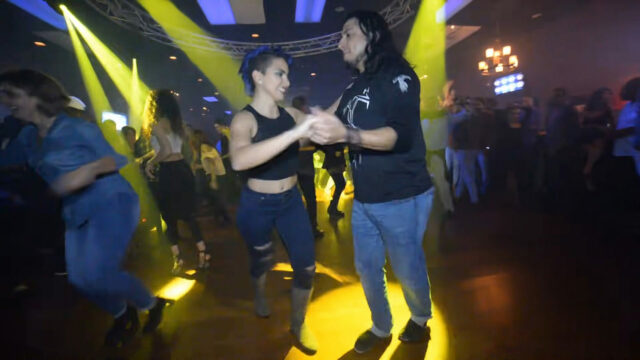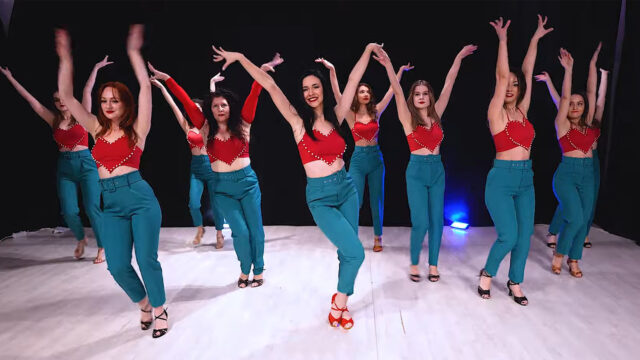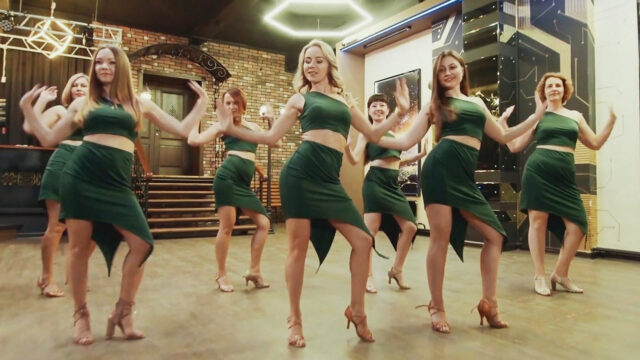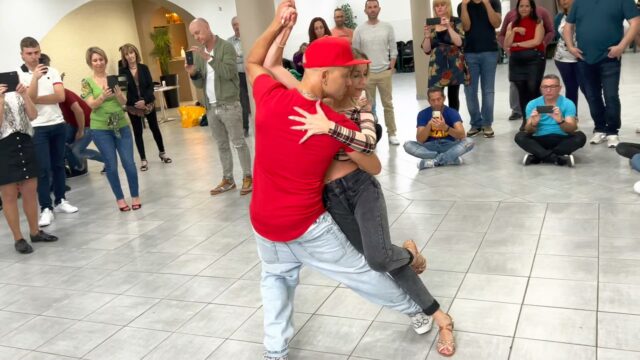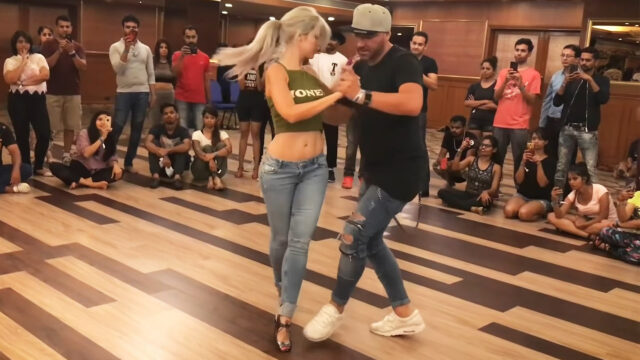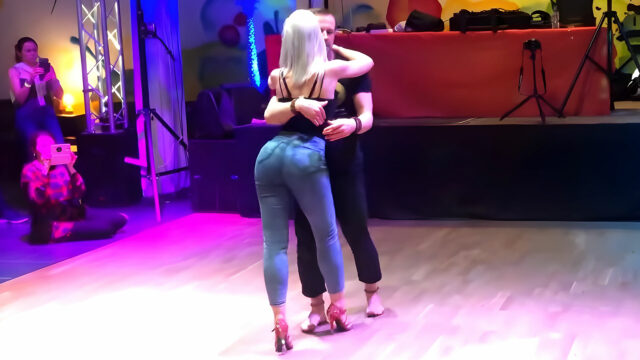Cuban culture is renowned for its vibrant music, rich history, and captivating dance forms. Among these, the social dances of Cuba, such as son and rumba, have made an indelible impact on the global dance scene. With their infectious rhythms, lively movements, and cultural significance, these Cuban dances have found a place in the hearts and dance floors of people around the world.
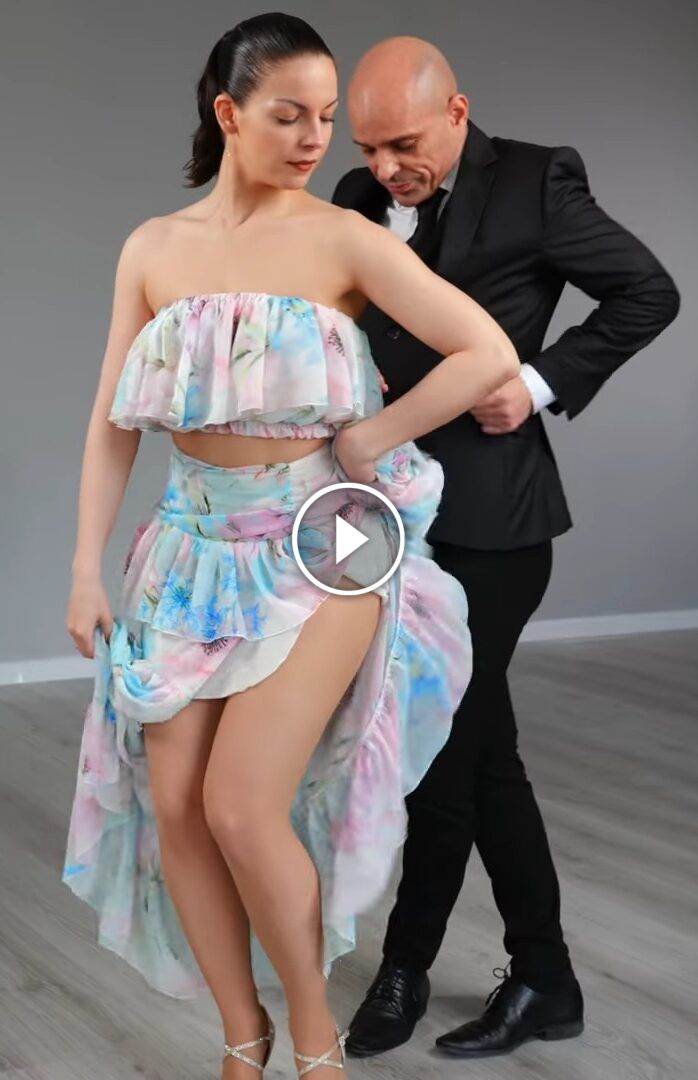
For a captivating example of how traditional Cuban dances are being promoted and passionately embraced by dancers from all corners of the globe, we invite you to check out Captain’s Salsa video from above. Captain and Liliana, hailing from Poland, have recently garnered a lot of attention for their extraordinary approach and philosophy of dance in general. In today’s video, they beautifully fuse their own stylistic flavor with the authenticity of Yambu and Son, showcasing the global reach and universal appeal of these dance genres.
- 5 Fun Ways To Make Your Dance Nights More Exciting And Unpredictable
- What is Cumbia? Unpacking the Famous Dance
- Valentine’s Day Dance Ideas for Single Ladies
Now let’s explore how Cuban social dances have influenced the global dance scene and left an enduring mark on various dance genres.
- The Roots of Cuban Social Dances:
Cuban social dances, including son and rumba, have deep roots in Afro-Cuban culture. Developed in the late 19th and early 20th centuries, these dances evolved from the fusion of African and Spanish influences. The African rhythms, brought by enslaved Africans to the island, merged with Spanish melodies, resulting in a unique blend of musical and dance expressions. - Son – The Heartbeat of Cuba:
Son, often considered the precursor to salsa, is a lively and sensual dance that originated in the eastern regions of Cuba. It combines African rhythms, Spanish guitar, and African percussion instruments like the clave, bongos, and maracas. Son’s infectious beats and syncopated movements have influenced Latin dances globally, transcending borders and inspiring dancers worldwide. - Rumba – The Soulful Expression:
Rumba, another significant Cuban social dance, is deeply rooted in Afro-Cuban traditions. With its mesmerizing rhythms, intense body movements, and improvisation, rumba embodies the soul of Cuba. It consists of three main styles: yambú, guaguancó, and columbia. Rumba’s expressive nature and connection to the African diaspora have made it an influential dance form across various genres, including jazz, contemporary, and hip-hop. - Global Impact and Adaptation:
The global popularity of Cuban dances can be attributed to their versatility and adaptability. As these dances traveled beyond Cuba’s shores, they underwent fusion and transformation with local styles, giving birth to new dance genres. For instance, salsa, born in New York City, incorporates elements of son, mambo, and other Latin dance forms. The energetic footwork, sensual partner work, and infectious rhythms of Cuban social dances have become fundamental to salsa’s essence. - Cuban Social Dances in Contemporary Dances:
Cuban social dances have also found their way into many contemporary dance forms such as hip-hop, reggaeton and others, influencing choreography and performances pretty much everywhere. The expressive very unique and authentic body movements, intricate footwork, and rhythmic variations of rumba and son have inspired dancers to incorporate these elements into their routines, adding depth to their work and contributing to continuous evolution of styles. - Cultural Exchanges and International Festivals:
The growing interest in Cuban social dances has led to cultural exchanges and international festivals dedicated to celebrating Cuban dance and music. These events provide a platform for dancers and musicians from different countries to come together, learn from masters, and showcase their skills. Such exchanges foster cross-cultural understanding, promote artistic collaboration, and further the global impact of Cuban culture. - Preserving Cuban Dance Traditions:
Efforts have been made to preserve and promote the authenticity of Cuban social dances. Cuban dance companies and cultural institutions work tirelessly to teach and pass down these dances to future generations. Cuban dance teachers and artists live abroad spreading their knowledge and ensuring the preservation of the original techniques, rhythms, and cultural context of these dances.
Conclusion: Cuban social dances, such as son and rumba, have become a dynamic force in the global dance scene. Through their infectious rhythms, passionate movements, and cultural significance, they have influenced a myriad of dance genres worldwide. As these dances continue to captivate audiences and inspire artists, the rhythmic powerhouse of Cuban social dances will undoubtedly leave an indelible mark on the world’s dance floors for years to come.
If you enjoyed our today’s video, you are more than welcome to share it with your friends and let them know what you think about it. Also, consider checking out our most recent posts and stay in touch. Cheers!
